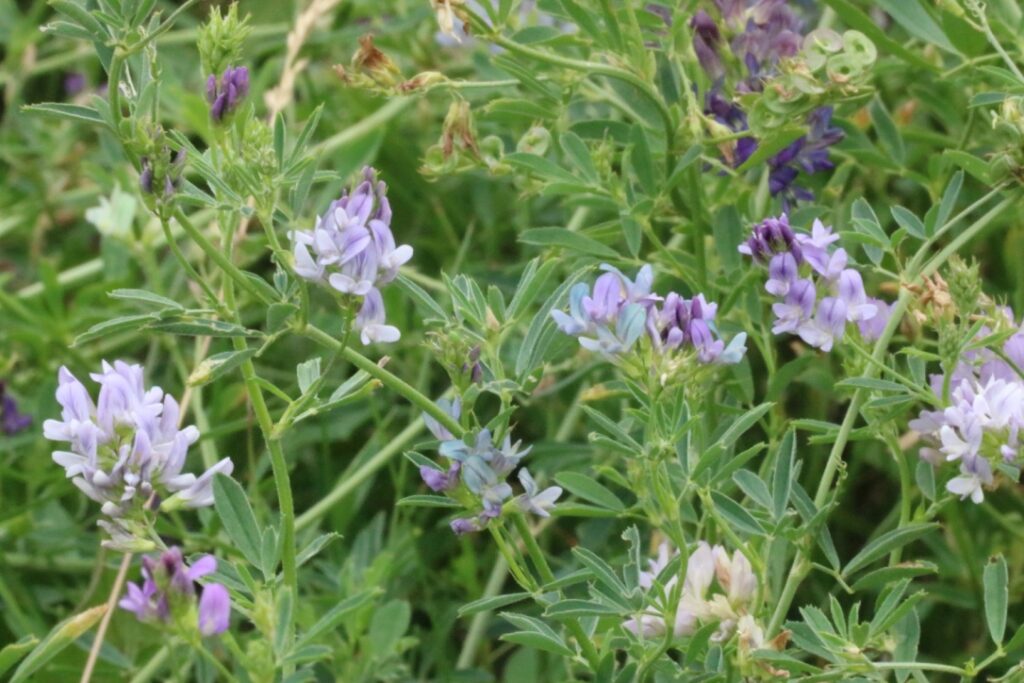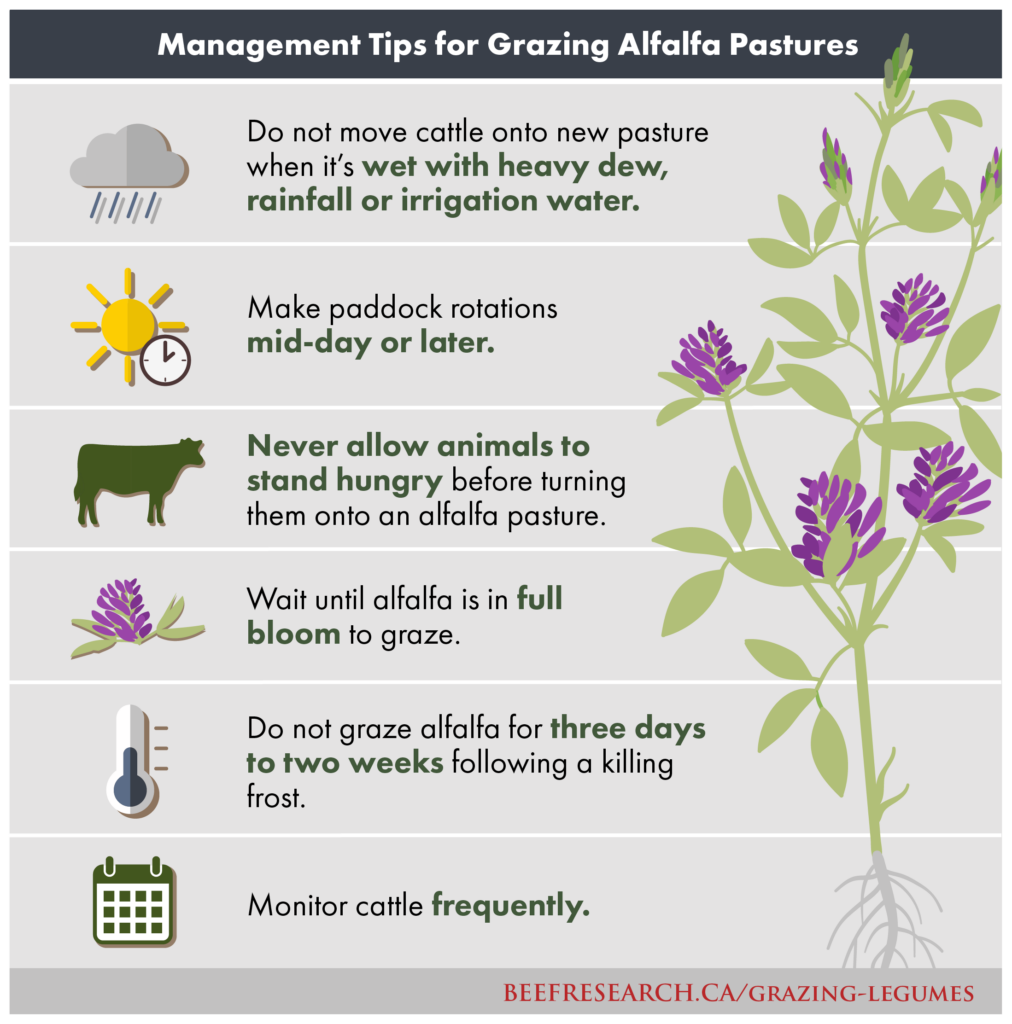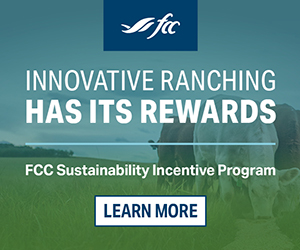AB Direct - Steers
Rail: 492.00-493.50 FOB feedlot (last week)
AB Direct - Heifers
Rail: 492.00-493.50 FOB feedlot (last week)
US Trade- Steers
Rail: 355.00-363.00 (IA, NE) last week
US Trade - Heifers
Rail: 355.00-363.00 (IA, NE) last week
Canadian Dollar
0.19

Alfalfa can be grazed safely: Things to think about before turning cows out on high-legume pastures
This article was originally posted on the Beef Cattle Research Council’s website on May 23, 2024.
Including alfalfa in a grazing stand makes sense. The potential benefits include increased soil fertility through nitrogen fixation, improved plant biodiversity, boosted forage yields and improved animal performance. Alfalfa can also be used to create a hedge against poor forage production during dry growing seasons as it is naturally drought tolerant. Recent Canadian research has taken an even closer look into how to improve alfalfa’s resilience to challenging environments.
Even though forage yields and productivity could be increased, producers are often hesitant to seed alfalfa for grazing purposes due to fears of bloating. Experts agree that implementing a few key production principles and paying close attention to a grazing herd can greatly reduce the risk of bloat and provide producers the opportunity to capture the benefits of this legume crop.
Here are some management tips for successfully grazing cattle on alfalfa:

- Avoid moving cattle onto new pasture when it’s wet with heavy dew, rainfall or irrigation water. Grazing alfalfa when it is wet increases the possibility of bloat.
- Make paddock rotations mid-day or later to help minimize moisture and increase plant carbohydrate concentration.
- Do not allow animals to stand hungry before turning them into an alfalfa pasture, as it can lead to overconsumption of fresh alfalfa and increase the risk of bloat.
- Wait until alfalfa is in full bloom to graze. Bloat risk is highest when alfalfa is in vegetative to early-bloom stages of growth. As alfalfa enters the full-bloom or post-bloom stages, the alfalfa becomes more fibrous and the rate of digestion slows down.
- Do not graze alfalfa for three days to two weeks following a killing frost. Frost may increase the incidence of bloat by rupturing plant cell walls, leading to a high initial rate of digestion. Delay grazing alfalfa until the stand dries.
- Make sure to monitor cattle frequently for condition and any signs of bloat or sickness and adjust grazing plans accordingly.
- Graze with animals that have smaller rumen capacities, like yearlings and calves, rather than mature cows.
- Talk to your veterinarian about the advisability of using a product like Alfasure (mix with water to prevent frothy bloat).
Many producers prefer to avoid bloat by seeding alfalfa-grass mixtures rather than pure alfalfa. Including alfalfa in a pasture forage mix that has more fibrous grasses also provides cattle with a wider feed selection than just straight alfalfa. Depending on the percentage of alfalfa in the mix, this can reduce the risk of bloating. Another strategy can be to include a free-choice fibre source, such as a straw bale, in the alfalfa paddock. This provides an opportunity for the cattle to consume it and help regulate their rumens.
With careful management, producers can reap the rewards of including alfalfa in their grazing programs.



